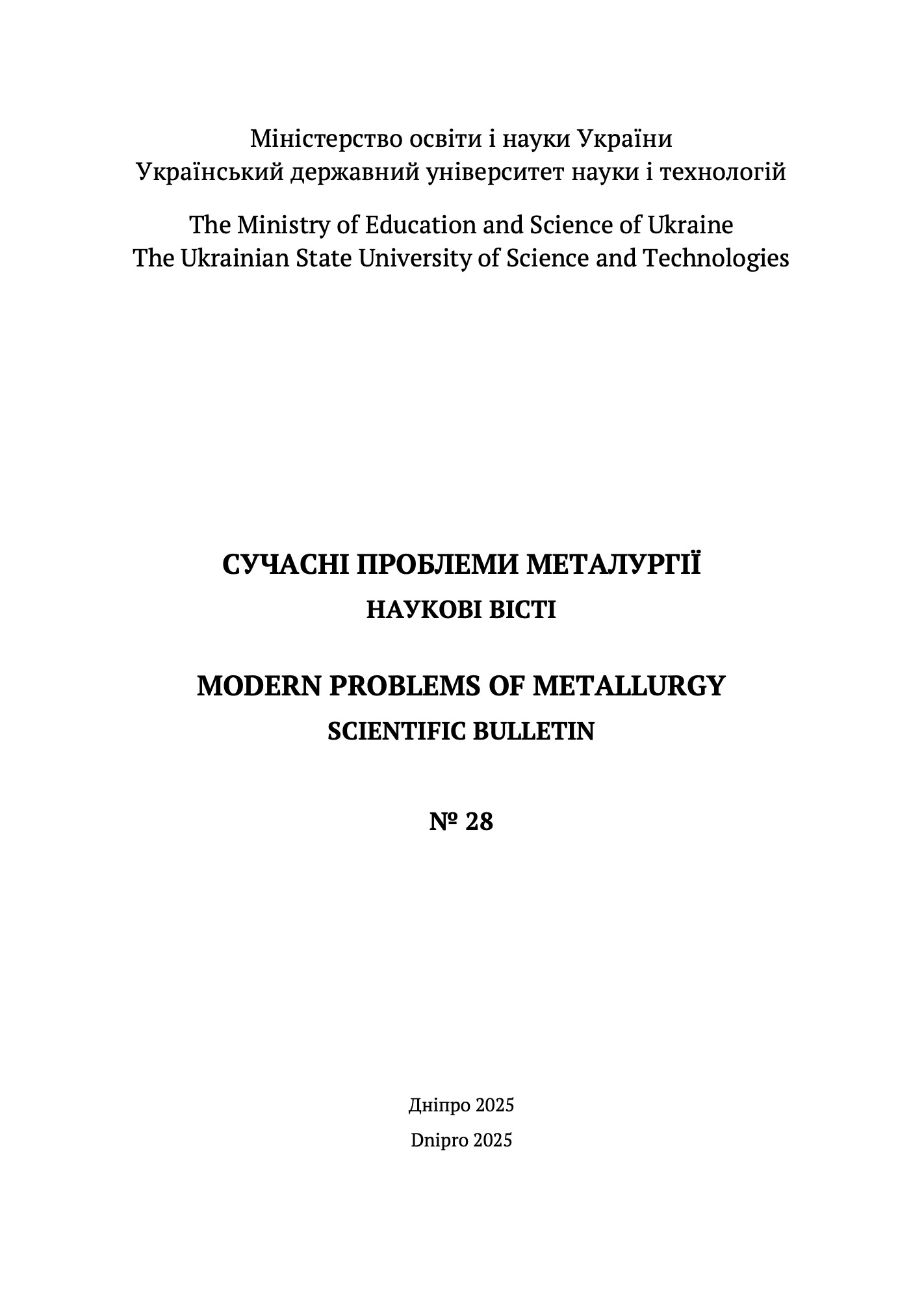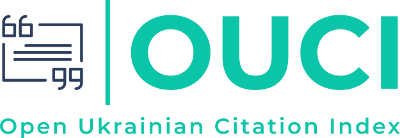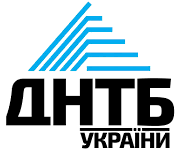CALCULATION OF THE OPTIMAL HYDROPOWER UTILIZATION SYSTEM: A CASE STUDY OF A METALLURGICAL ENTERPRISE
DOI:
https://doi.org/10.34185/1991-7848.2025.01.18Keywords:
hydropower recovery, secondary water resources, metallurgical enterprise, energy efficiency, micro-hydropower plant, hydraulic calculation, techno-economic assessment, optimization, signature function, collection center, water-energy nexus.Abstract
This research is dedicated to the development, modeling, and optimization of a hydropower recovery system based on the reuse of secondary water resources within an industrial enterprise. The specific focus is on the graphitization workshop of PJSC "Ukrainian Graphite"–a metallurgical facility where substantial volumes of warm process water are discharged as a byproduct of production. The central objective of this study is to determine the optimal configuration of a water collection and energy conversion system that will enable efficient electricity generation at the lowest possible cost, while maintaining high energy performance. The task is conducted under the influence of strict technical and spatial constraints inherent to existing industrial infrastructure. Methodology. The study applies a set of engineering, mathematical, and economic methods. Hydraulic analysis is used to model water flow through both pressurized and gravity-fed pipelines, ensuring accurate determination of head losses and flow rates. A combinatorial optimization framework is employed to evaluate various topologies of system configurations, where water sources are matched with potential collection centers in the most effective way. A key feature of the methodology is the use of signature functions–a mathematical tool designed to define “prohibited zones” where placement of system elements is physically or operationally impossible due to safety, accessibility, or layout restrictions. These functions are integrated into the optimization model, enhancing the realism and applicability of the results. Additionally, a comprehensive techno-economic assessment is performed for each configuration, including calculations of capital expenditures, equipment cost, pipeline expenses, operational costs, and unit electricity production cost (LCOE). Results. The modeling process revealed that the most economically and technically viable system involves a single collection center–Center No. 2–into which water flows from four main technological sources: електрокальцинатори (electric calciners), барабани-охолоджувачі (cooling drums), формувальна машина (molding machine), and підшипники димососів (smoke exhauster bearings). These flows are collected via a pipeline network with a total length of approximately 200 meters. The selected micro-hydropower plant (type 10Пр) is of a modular design and includes a діагональна турбіна (diagonal turbine). According to the calculations, this system is capable of generating over 135,000 kWh of electricity annually. The levelized cost of electricity (LCOE) is just US$0.30 per kWh, which is substantially lower than the applicable industrial electricity tariff in Ukraine. The total capital investment, including the cost of the micro-HPP unit, pipelines, installation, and commissioning works, is approximately US$168,800. Maintenance costs are estimated at 5% of capital expenditures annually. Scientific novelty. The study introduces a new integrated methodology for assessing and designing hydropower recovery systems (HERS) at the local (workshop or facility) level, which takes into account technical parameters, hydraulic behavior, and spatial limitations. For the first time, the concept of signature functions is applied in this context to simulate constrained zones in system layout planning. This approach provides a flexible yet accurate mechanism for system designers to preclude impractical configurations early in the modeling phase, thereby saving resources and improving the efficiency of decision-making. Practical significance. The developed methodology and the results obtained offer a practical solution for the sustainable use of internal water resources in energy-intensive industries. By implementing optimized HERS configurations, industrial enterprises can reduce dependence on external electricity supplies, enhance operational energy efficiency, and decrease total electricity costs. The approach also contributes to improved environmental performance by reducing heat discharge and enhancing water recycling. Furthermore, the proposed system architecture is modular and adaptable, allowing for scaling and replication in other industrial enterprises with similar infrastructure. This makes it especially relevant in the context of global trends toward decarbonization, resource efficiency, and green transformation of heavy industry.
References
Kovalenko, V.L., Kachan, Y.G., 2009. On the assessment of secondary hydropower resource potential of an enterprise. Renewable Energy, (2), pp.54–58.
Vikhoryev, Y.O., Ilyashenko, A.P., 2002. Prospects for the use of water flow energy in technical water supply and drainage systems. Problems of General Energy, (7), pp.29–33.
Kovalenko, V.L., Kachan, Y.G., 2009. On setting constraints in the optimization problem of a secondary hydropower resource recovery system. Integrated Technologies and Energy Saving, (2), pp.44–46.
Anderson, J. A., 2003. Discrete Mathematics with Combinatorics, 2nd ed. Upper Saddle River, NJ: Prentice Hall PTR, 928 pp.
Stanley, R. P. (1997). Enumerative Combinatorics, Volume 1 (2nd printing). Cambridge University Press.
Kreher, D.L., Stinson, D.S., 1998. Combinatorial Algorithms: Generation, Enumeration and Search. CRC Press, 329 p.
Mezentsev, A.V., Petrova, V.N., 2007. Hydraulics with Basics of Hydraulic Engineering. Kyiv: Tekhnika, 234 p.
Shterenlikht, D.V., 2004. Hydraulics: A Textbook for Universities, 3rd ed., revised and expanded. 656 p.
Kovalenko, V.L., Kachan, Y.G., 2010. Algorithm for synthesizing the optimal system for secondary hydropower resource utilization. Land Reclamation and Hydraulic Engineering Construction: Interdepartmental Scientific and Technical Collection, Rivne: National University of Water and Environmental Engineering, (34), pp.72–77.
Obrezkov, V.I. (Ed.), 1981. Hydropower Engineering: A Textbook. 608 p.
National Commission for State Regulation of Energy and Utilities of Ukraine, 2011. On the approval of retail electricity tariffs for November. Resolution No. 1267 dated October 22, 2011. [Online]. Available at: http://www.nerc.gov.ua/control/uk/publish/article [Accessed June 11, 2025].
Downloads
Published
Issue
Section
License
Copyright (c) 2025 Modern Problems of Metallurgy

This work is licensed under a Creative Commons Attribution 4.0 International License.












